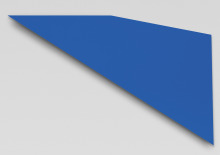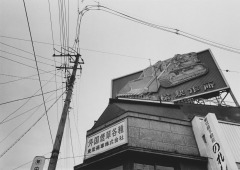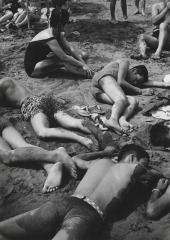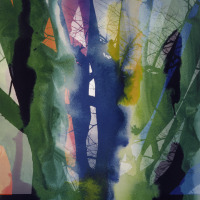Over the weekend, the Frick Collection’s Center for the History of Collecting in America put on an excellent symposium called “Holland’s Golden Age in America: Collecting the Art of Rembrandt, Vermeer and Hals.” Sounds too academic to be interesting, I know — but the fact
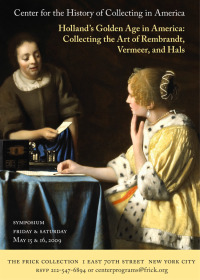 that the overflow audience was filled with collectors, dealers, auction house experts and people who are just interested in art suggests otherwise. (Disclosure: Inge Reist, the Center’s director, is a friend, and as a consultant, I helped direct some funding to the Center.)
that the overflow audience was filled with collectors, dealers, auction house experts and people who are just interested in art suggests otherwise. (Disclosure: Inge Reist, the Center’s director, is a friend, and as a consultant, I helped direct some funding to the Center.)
The Center is just two years old, and was formed to address this gaping hole in art historical scholarship. Collectors, after all, are the ones who largely stock museums. The Met’s longtime curator of 20th Century art Bill Lieberman used to say he was a “collector of collectors,” not of paintings. More exhibitions — like Walter Liedtke’s “Age of Rembrandt” show in 2007 and the 2006 show of dealer-collector Ambroise Vollard, both at the Met — are likely to be organized around collectors.
The Center has already held four symposia (plus co-sponsored one in Venice on women art collectors), established fellowships for scholars, offered workshops and announced the creation of a prize, funded by Sotheby’s, for a distinguished publication on art collecting in America.
I’ve gone to sessions at a couple of the symposia (one on artists as collectors, another on “tuning points” in modern art collecting).
This one was the best so far.

